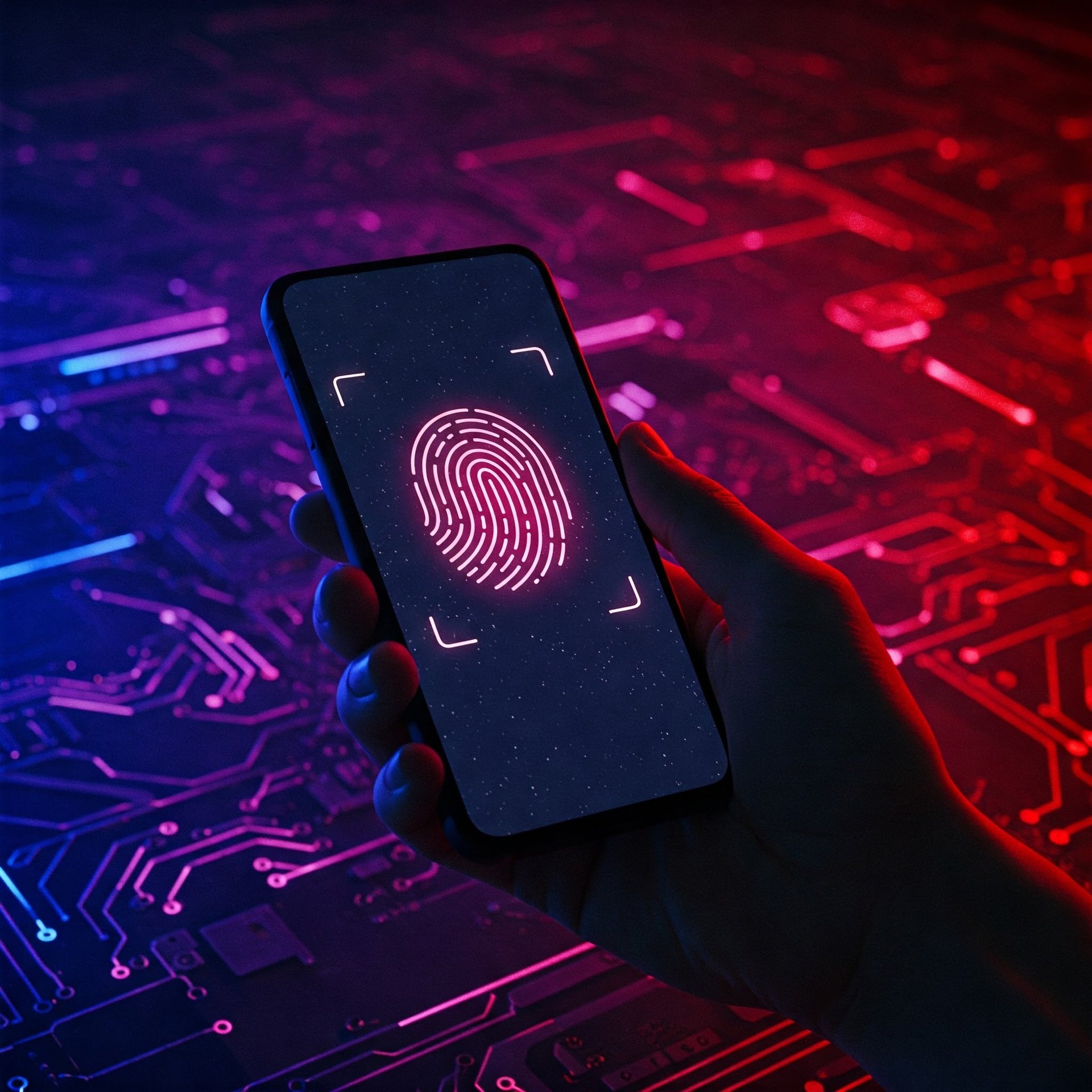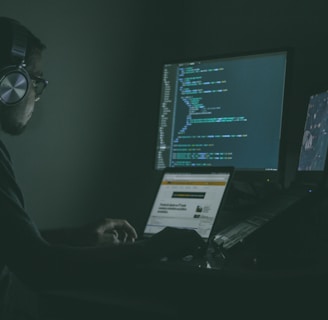
Best Practices in the field
Havi
2/8/2025



The Stakes Are High: Why Security Matters in the Field
Think about it: your field project is your office away from the office. It's where critical work happens, often in less controlled environments. This increases the risk of theft, data breaches, and other security incidents. A security lapse can lead to project delays, financial losses, reputational damage, and even put your team at risk. Proactive security measures are not just a good idea – they're a necessity.
Part 1: Locking Down Your Devices - Your First Line of Defense
Our devices are our lifelines in the field. Protecting them is fundamental:
Password Power: Ditch the weak passwords! Use strong, unique passwords for every device – laptops, tablets, smartphones, and even portable hard drives. Biometric authentication (fingerprint, facial recognition) adds an extra layer of security. Consider a password manager to help you generate and securely store complex passwords.
Encryption is Essential: Encrypt your device's hard drives and any external storage. This renders data unreadable if a device is lost or stolen. Built-in tools like BitLocker (Windows) and FileVault (macOS) make this easy.
Stay Updated, Stay Secure: Regular software updates are crucial. They patch security vulnerabilities that hackers love to exploit. Enable automatic updates whenever possible to minimize your risk.
Antivirus Arsenal: Equip all devices with reputable antivirus and anti-malware software. Keep these programs updated and run regular scans to catch any threats.
Firewall Fortress: Activate and configure a firewall on your devices to control network traffic and block unauthorized access attempts.
VPN for the Road Warrior: Public Wi-Fi is a security minefield. Always use a Virtual Private Network (VPN), especially when connecting to unsecured networks. A VPN creates a secure tunnel for your internet traffic, keeping your data safe from prying eyes.
The Backup Blueprint: Regularly back up your data to a secure location – cloud storage, an external hard drive (ideally kept offsite), or both. The 3-2-1 backup strategy is a good rule of thumb: 3 copies of your data, on 2 different media, with 1 copy offsite.
Physical Security Matters: Never leave devices unattended in unsecured locations. Use laptop locks when possible, and always be aware of your surroundings.
Remote Wipe Readiness: Know how to remotely wipe your devices if they're lost or stolen. This crucial step prevents unauthorized access to your sensitive data.
Device Diet: Avoid unnecessary software and files on your devices. A cleaner device is a more secure device.
Part 2: Network and Data Security – Building a Digital Fort Knox
Protecting your devices is only half the battle. You also need to secure your network and data:
Wi-Fi Wisdom: Avoid public Wi-Fi whenever possible. If you absolutely must use it, always connect via a VPN. Prefer password-protected Wi-Fi networks.
Network Segmentation (If Applicable): If you're setting up a project network, segment it to isolate different parts. This limits the spread of a security breach.
Data Minimization is Key: Only collect and store the data that is absolutely essential for the project. The less data you handle, the less risk you face.
Access Control is Crucial: Implement strict access controls to limit who can access sensitive data. Role-based access control (RBAC) ensures that individuals only have access to the information they need to do their jobs.
Encryption – Data's Best Friend: Encrypt sensitive data both at rest (when it's stored) and in transit (when it's being transmitted). Use strong encryption algorithms.
Secure Storage Solutions: Store sensitive data in secure locations, such as encrypted cloud storage or dedicated secure servers. Avoid storing sensitive information on easily accessible devices.
Data Disposal – The Final Step: When data is no longer needed, dispose of it securely. Shred physical documents and use secure wiping methods for digital data.
Data Loss Prevention (DLP): Consider using DLP tools to prevent sensitive data from leaving your control.
Part 3: The Human Element – Security Starts with People
Technology is important, but people are often the weakest link in the security chain:
Background Checks (Where Appropriate): Conduct background checks on personnel who will have access to sensitive data.
Security Awareness Training – Knowledge is Power: Provide comprehensive security awareness training to all project personnel. Cover topics like password security, phishing scams, social engineering, and safe internet practices.
Clearance Levels – Need-to-Know Basis: Implement a system of clearance levels to restrict access to sensitive information based on a strict need-to-know basis.
Incident Response Plan – Be Prepared: Develop an incident response plan to guide your actions in the event of a security breach. This plan should outline clear steps to be taken to contain the breach, assess the damage, and recover data.
Part 4: Physical Security and Ongoing Vigilance
Don't neglect the physical aspects of security, and remember that security is an ongoing process:
Secure Locations: Store equipment and data in secure locations with restricted access.
Surveillance (If Applicable): Consider using surveillance cameras and other security measures to monitor the project site.
Access Control (Physical): Implement physical access control systems (e.g., key cards, biometric scanners) to restrict access to sensitive areas.
Regular Audits – Stay Sharp: Conduct regular security audits to identify and address any weaknesses in your security plan.
Stay Informed, Stay Ahead: Keep up-to-date on the latest security threats and vulnerabilities. Adapt your security plan as needed to stay ahead of the curve.
Conclusion: Security is a Team Effort
Securing your field project is a collaborative effort. Everyone involved needs to understand their role in maintaining security. By implementing these best practices and fostering a culture of security awareness, you can significantly reduce your risks and ensure the success of your field project. Remember, security is not a one-time fix – it's an ongoing process that requires constant vigilance and adaptation.


